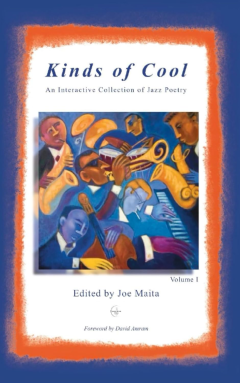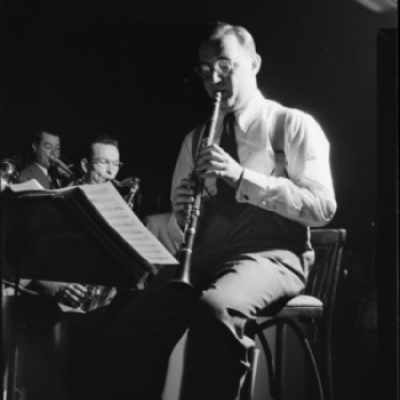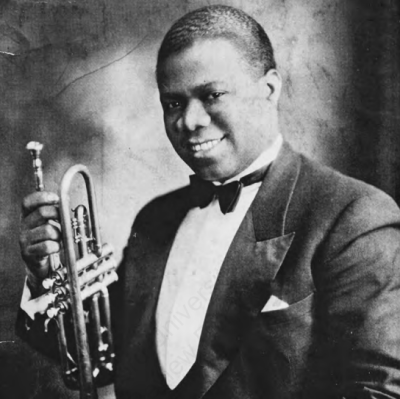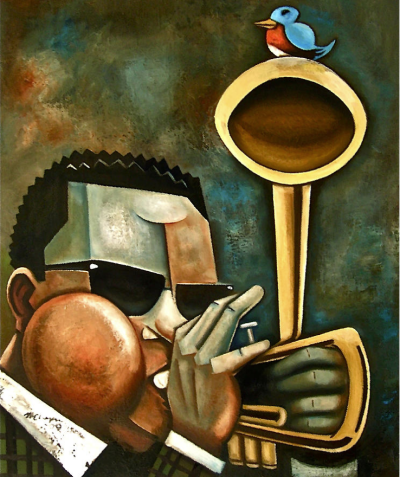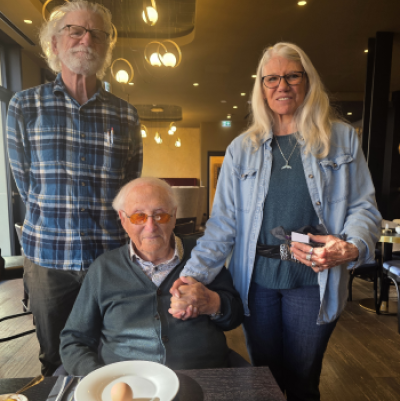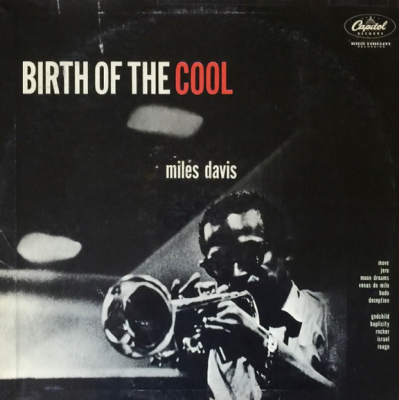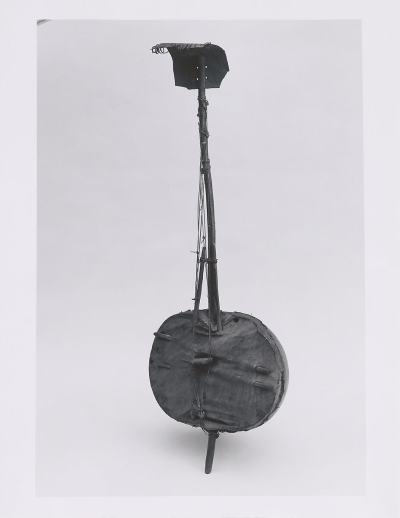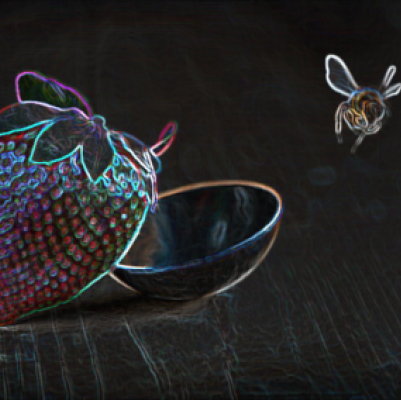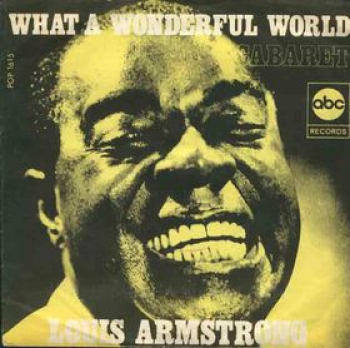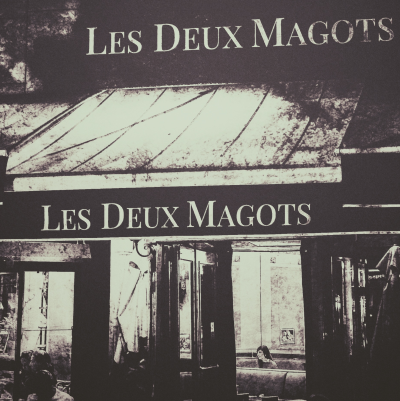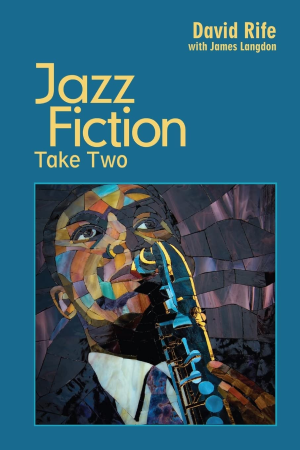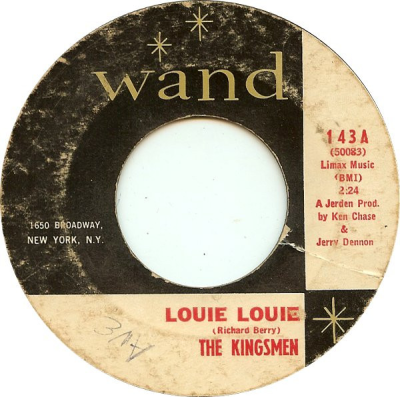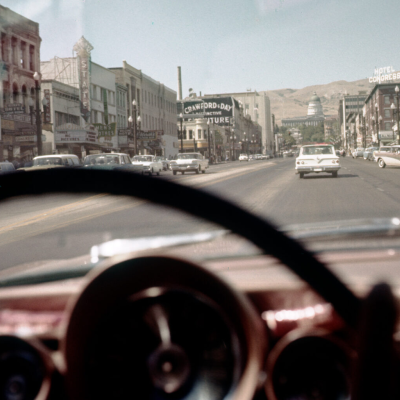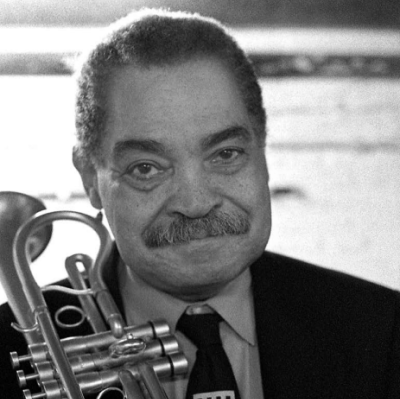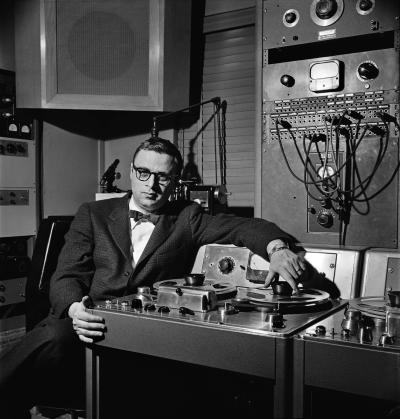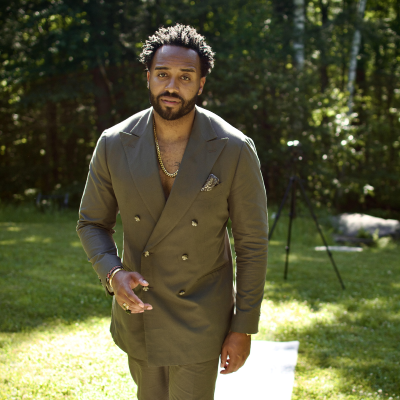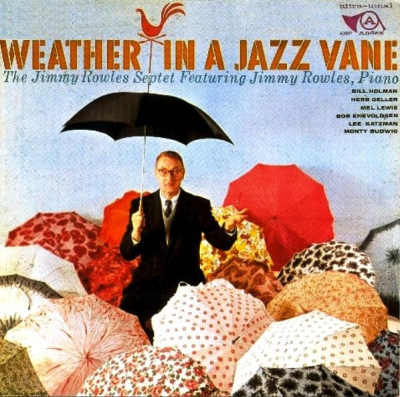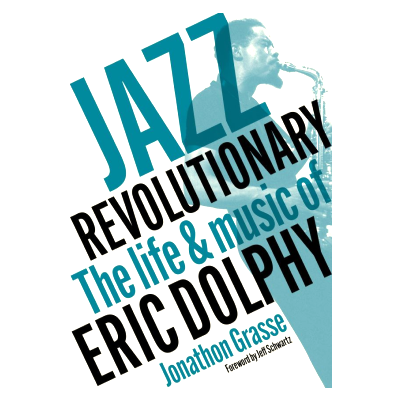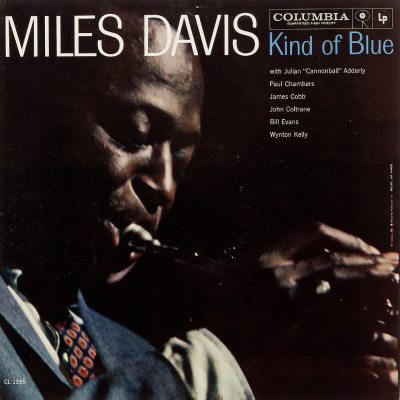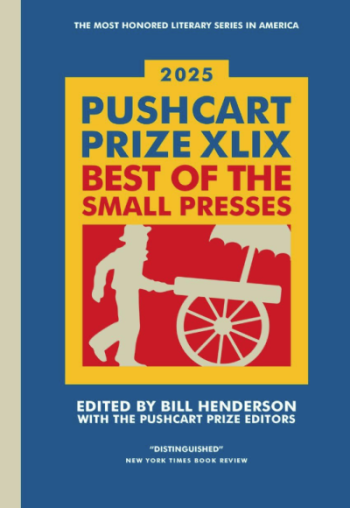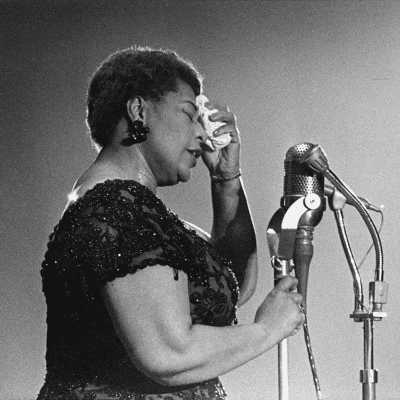.
.
.
…..Jazz in Available Light, Illuminating the Jazz Greats from the 1960s, ’70s, and ’80s is one of the most impressive jazz photo books to be published in a long time. Featuring the brilliant photography of Veryl Oakland — much of which has never been published — it is also loaded with his often remarkable and always entertaining stories of his experience with his subjects.
…..With the gracious consent of Mr. Oakland — an active photojournalist who devoted nearly thirty years in search of the great jazz musicians — Jerry Jazz Musician regularly publishes a series of posts featuring excerpts of the photography and stories/captions found in this important book.
In this edition, Mr. Oakland’s photographs and stories feature drummers Jo Jones, Art Blakey and Elvin Jones in “A Succession of Battery Mates, Part One.”
.
.
All photographs copyright Veryl Oakland. All text excerpted from Jazz in Available Light, Illuminating the Jazz Greats from the 1960s, ’70s, and ’80s
.
You can read Mr. Oakland’s introduction to this series by clicking here
.
.
_____
.
.
A Succession of Battery Mates (Part One)
.
.
© Veryl Oakland
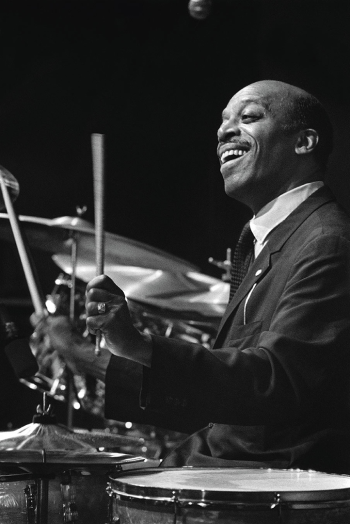
.
They All Came to See
Jo Jones
Monterey, California
.
…..He built an indelible name for himself during the 1930s and ‘40s as part of Count Basie’s All-American Rhythm Section. Unlike his fellow percussionists who relied heavily on the bass drum, Jo Jones pioneered the use of the ride cymbal and hi-hat cymbals for a lighter, more irresistible, beat.
…..Long after leaving Basie’s orchestra, he still had a strong legion of admirers.
…..Papa Jo was like a human magnet. Wherever he appeared, the crowds formed: not just the audience throngs, but insiders, working crew, fellow musicians, and most of all, other drummers. All of his peers – from such big band leaders as Buddy Rich and Louie Bellson, to bop drummers Roy Haynes, Art Blakey, and Elvin Jones – were members of the unofficial Jo Jones Fan Club.

The always innovating drummer, gentleman Max Roach, was also one of the jazz world’s true fashion plates and could have easily belonged in the pages of GQ magazine
…..The much-revered drum master Max Roach was one of those who was so taken with the artificer’s performances that he would occasionally – as a tribute to Jones – execute an entire drum solo using the hi-hat. No greater form of flattery than that.
…..In a cover story for the June/July 1990 issue of Drums & Drumming magazine by Robin Tolleson (reprinted in the book, Playing From The Heart), Roach described an event in Central Park celebrating the career of an ailing Gene Krupa during the 1973 Newport in New York Festival.
…..“It was a very moving event,” said Max. “But the guy who closed the show was Papa Jo…. (Jones)…ended the whole concert when he did this hi-hat piece. It was the first time I heard it done. He just came onstage with a hi-hat, a pair of sticks, and a stool, and it was beautiful. It just gave us all an idea that you can get the most out of the least. That was the perfect lesson.”
© Veryl Oakland
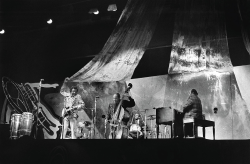
….
…..I got to witness this same magnetism the first time I saw Jones performing in a quartet with pianist-organist Milt Buckner, guitarist Slim Gaillard, and bassist Slam Stewart at the 1970 Monterey Jazz Festival.
…..Moving around behind the curtains when his name was announced, I couldn’t help but notice how practically everyone with a backstage pass stopped what they were doing. Fellow music professionals, festival staffers, and hangers-on all headed toward any side stage opening they could find to get a glimpse of the technician as he worked his special magic.
…..He was exactly as advertised. You honestly couldn’t take your eyes off of him.
.
© Veryl Oakland
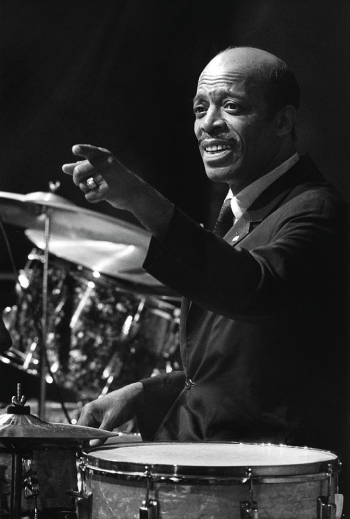
Jonathan David Samuel (Jo, Papa Jo) Jones – drums
Born: October 7, 1911
Died: September 3, 1985
.
.
Listen to Jo Jones playing drums on the 1959 recording of “Stompy Jones” from Side by Side, an album by Duke Ellington (piano) and Johnny Hodges (alto saxophone), and including Harry “Sweets” Edison (trumpet), Les Spann (guitar), and Al Hall (bass).
.
.
.
.
_____
.
.
© Veryl Oakland

.
A Bond Like No Other
Art Blakey & Wayne Shorter
Hollywood Bowl, Los Angeles, California
.
…..He was the fount. Up close, you saw his deep lines and furrows, the wrinkles and creases, his weathered, leathery hands: a testament to all he had endured as the powerful leader of one of jazz’s most popular and longest-running ensembles of the 20th century – Art Blakey and The Jazz Messengers.
…..For nearly 40 years, he paved the way for a succession of highly talented, but – at the time – relatively unknown musicians. Considered one of jazz’s greatest drummers, Art Blakey was the instructor, The Jazz Messengers was his music incubator, and his fresh, young stallions became the exciting, hard-charging emissaries.
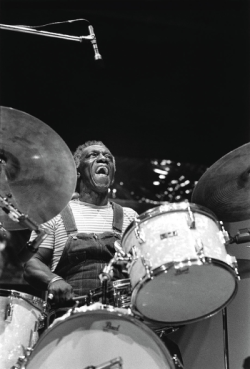
…..Few jazz leaders understood better than Blakey that to make The Jazz Messengers shine, the band had to present a continuing flow of new material to the public. His breed kept answering the call by writing fresh compositions and arrangements. After paying their dues and gaining notoriety, these same messengers would inevitably become successful leaders/headliners of their own bands, delivering their own musical missives.
…..Saxophonist Wayne Shorter, today one of jazz’s greatest living composers and improvisers, got his first big break when he joined Blakey in 1959. To this day, his compositions from that period are considered among the group’s most masterful ever recorded.
…..It’s safe to say that every Jazz Messenger from the 1950s-on held the deepest respect for their first real boss, and would easily have written reams of praise on his behalf for helping them forge their own careers. Yet, one intimate photograph may suffice as the ultimate testimonial.
…..It was while covering the 1979 Playboy Jazz Festival at the Hollywood Bowl, some two decades removed from the time of their initial bond, that I spotted them. There, off in the distance, stood the two jazz giants conversing in a quiet setting well beyond the backstage area. I knew what was happening, the significance of it all. I could see the obvious bond.
…..As I made my way closer, I grabbed a telephoto lens and captured what was palpable: a clearly reverential Wayne Shorter, the former student, in awe of his master/tutor, Art Blakey.
.
© Veryl Oakland
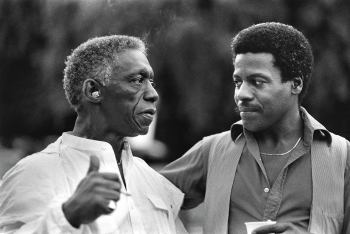
.
Arthur (Art, Bu) Blakey (Abdullah Ibn Buhaina) – drums, leader, educator
Born: October 11, 1919
Died: October 16, 1990
.
Wayne Shorter – tenor, soprano saxophones; composer
Born: August 25, 1933
.
.
Listen to a 1961 recording of Art Blakey and the Jazz Messengers (Blakey, saxophonist Wayne Shorter, trumpeter Lee Morgan, pianist Bobby Timmons and bassist Jymie Merritt) play “The Freedom Rider”
.
.
.
_____
.
.
.
.
© Veryl Oakland
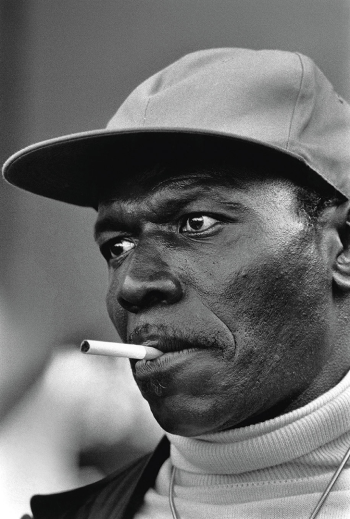
.
Penetratingly Precise
Elvin Jones
San Francisco and Berkeley, California
.
…..He had that presence, that overall bravura about him. Up close, one could not miss the chiseled look of Elvin Jones – his distinctive, pronounced facial lines and cheekbones, those penetrating eyes so focused and intense. You just knew this man was serious business.
…..Photographing the high energy drummer was always a challenge, especially when he was performing in the darkest of jazz clubs.
…..That was the quandary. On the one hand, I preferred the close confines and overall ambience of a club’s atmosphere – the mood and the intimacy of being right next to the action was unmatched. For me, that’s where Elvin was at his finest.
…..But his flashing action, coupled with the club’s low lighting, definitely posed limitations for an available-light photographer in search of crisp results. Witnessing Elvin Jones in such an intimate setting was a blurring, mesmerizing experience – whether one was taking photographs or just plain watching. In those situations, I decided that about the best I could do was to selectively capture him in an expressive moment during any brief lull, if I could find one.
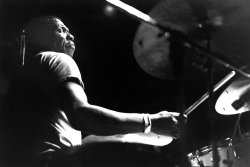
…..The rest of the time when Elvin was just burning, I became a student. I sat there in those close quarters transfixed by his unique artistry, never quite understanding how – using the entire drum set, from ride cymbal all the way down to the bass drum – he could simultaneously weave together such a variety of contrasting rhythms in different meters and still make it so supremely swinging and coherent.
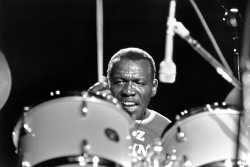

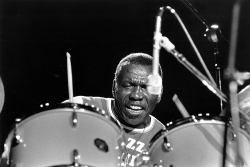
…..Beginning in the 1970s, there was a good reason why he and his groups became known as the “Elvin Jones Jazz Machine,” even recording under that name during part of his career. His was the most well-oiled, high performance jazz engine on the planet. There was never another drummer quite like him, one who so perfected the exhibition of polyrhythms, or cross-rhythms, while at the same time remaining complementary and supportive of his bandmates.
…..To really appreciate – and to begin to understand – the uncanny work of Elvin Jones, I’d venture to use the cliché, “You had to be there.” But, even after studying the craftsman up close on numerous occasions, as well as trying to capture a meaningful shot of what I was seeing, I always left the scene floored, practically in disbelief at what I had just experienced.
.
© Veryl Oakland
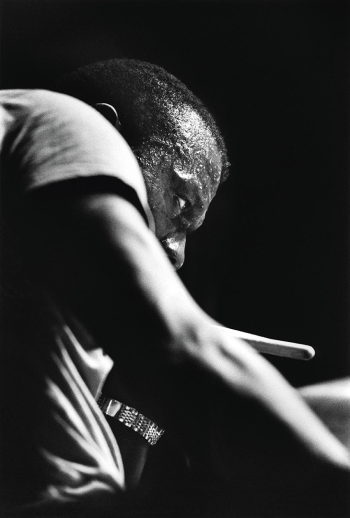
Elvin Ray Jones – drums, leader
Born: September 9, 1927
Died: May 18, 2004
.
.
Listen to a 1999 live recording of Elvin Jones playing “E.J.’s Blues,” including Michael Brecker (saxophone), Antoine Roney (saxophone), Robin Eubanks (trombone), Darren Barret (trumpet), Carlos McKinney (piano) and Gene Perla (bass).
.
.
_____
.
.
.
Click here to read the edition featuring Stan Getz, Sun Ra and Carla Bley
Click here to read the edition featuring Art Pepper, Pat Martino and Joe Williams
Click here to read the edition featuring Yusef Lateef and Chet Baker
Click here to read the edition featuring Mal Waldron, Jackie McLean and Joe Henderson
Click here to read the edition featuring Dexter Gordon, Art Farmer and Johnny Griffin
Click here to read the edition featuring Thelonious Monk, Paul Bley and Cecil Taylor
Click here to read the edition featuring drummers Jo Jones, Art Blakey and Elvin Jones
Click here to read the edition featuring Monk Montgomery and the jazz musicians of Las Vegas
Click here to read the edition featuring Sarah Vaughan and Better Carter
.
.
.
All photographs copyright Veryl Oakland. All text and photographs excerpted with author’s permission from Jazz in Available Light, Illuminating the Jazz Greats from the 1960s, ’70s, and ’80s
.
You can read Mr. Oakland’s introduction to this series by clicking here
Visit his web page and Instagram
.
.
.







